Chapter 18.85
SIGNS
Sections:
18.85.040 Planned signage district.
18.85.050 Performance standards.
18.85.070 Obsolete and abandoned signs.
18.85.010 Purpose.
The purpose of these sign regulations is as follows:
(A) To set appropriate regulations, classifications, restrictions, and guidelines for the design, scale, location, and maintenance of all signs located in each zoning district in the town.
(B) To improve aesthetics and preserve the quality of life in the town by eliminating signage that is incompatible within individual zoning districts, as well as the town character as a whole.
(C) To foster public safety along public and private streets within the community by assuring that all signs are in safe and appropriate locations.
(D) To define administrative review procedures that allow for consistent enforcement and an efficient review process, while still encouraging creative sign design that is responsive to business needs and maintains the community’s standards. [Ord. 1659 § 1, 2017].
18.85.020 General provisions.
(A) Should any section, subsection, paragraph, subparagraph, clause, word, or provision of this title be declared by the courts to be unconstitutional, illegal, or otherwise invalid, such invalidity shall not affect the validity or enforceability of the remaining portions of this title.
(B) No part of this section shall be construed as to regulate the message or underlying content displayed on any sign, with the exception of vulgar, indecent, or other adult content that is not permitted for public display. Noncommercial speech shall be permitted to be displayed on all approved signs, subject to all other applicable regulations for such signs.
(C) No sign shall be placed, constructed, or otherwise located on any property without the consent of the party having the right of possession.
(D) Review Procedures.
(1) Time limits. All sign applications shall be reviewed for compliance with these regulations within 10 business days from the time a completed application has been accepted by the town.
(2) If proposed signs do not comply with the provisions of this title, the applicant may submit an application to the building commissioner/chief inspector, or their designee, and the board of zoning appeals for a variance consideration.
(E) Permits Required.
(1) Unless otherwise provided for in this title, no person shall erect, alter, or relocate within the town of Highland, Indiana, any permanent or temporary sign without first obtaining a sign permit from the town and making payment of the required fee. Permanent signs and sign face changes shall require approval of the town prior to a permit being issued. Any lawfully erected sign that conforms to the requirements of this chapter may not be removed and then replaced with an exact copy of the sign without first obtaining a building permit.
(2) The following signs shall be approved without a permit, provided they are in compliance with all applicable provisions of this title:
(a) Temporary signs that do not exceed six square feet in area and three feet in dimension on any side.
(b) Signs authorized and erected by a governmental unit for safety or informational purposes.
(c) Utility markers necessary to mark cables and lines for public and private utilities, provided such signs are determined by the town as being required for public safety and welfare.
(d) Flags of the United States, the state, foreign nations, and any other flag.
(3) Sign construction permits shall only be valid for six months after the date of issuance. Sign construction that is not completed in that time shall require a new permit before construction can continue.
(4) Nonstructural repairs of a lawful sign will not require a sign permit, except as may be required for an electrical system repair of an illuminated sign.
(5) Structural repairs will require that a permit be issued by the town. Said repairs shall bring the sign(s) in compliance with current code standards, accepted engineering practices and other pertinent regulations. The town will require that the repairs be certified by a state of Indiana licensed design professional (architect or engineer).
(6) Fees to be charged for sign permits have been established by the Highland town council and published in HMC Title 15, Buildings and Construction, as amended from time to time.
(F) Prohibited Signs. The following signs are hereby expressly prohibited for erection, construction, maintenance, repair, alteration, location or relocation within the town of Highland, except as may be exempted in this title.
(1) Signs painted directly onto a building wall or facade. However, artistic murals may be permitted; provided, that they are located on a nonresidential building.
(2) Signs posted directly onto fences, utility poles, streetlights, or trees, except for light pole banners as described below.
(3) Signs using reflective material, except for wall-mounted building entry signs.
(4) Signs using only a single pole as a means for anchoring.
(5) Signs that would cause confusion because of their resemblance to highway traffic control or direction signals.
(6) Signs that include obscene language or graphics that would normally be prohibited for public display.
(7) Moving signs.
(8) Flashing signs, except public signs as defined in HMC 18.05.260 and those which give safety warnings.
(9) Mobile billboards.
(10) Roof signs.
(11) Bench signs in a public right-of-way.
(G) Temporary Signs.
(1) Temporary Sign Types. The following are examples of temporary sign types:
(a) Air-activated signs and balloon signs.
(b) Banner signs.
(c) Construction sign.
(d) Flags.
(e) Light pole or support pole signs.
(f) People sign.
(g) Portable message sign.
(h) Projected-image sign.
(i) Sandwich board sign.
(j) Sidewalk signs.
(k) Sleeve or bag signs.
(l) Vehicle message signs.
(m) Window signs, temporary.
(n) Yard signs.
(2) Portable signs may be displayed on a site without any sign permit for a period not to exceed two consecutive days. Such signs shall not be counted in the maximum allowable sign area or number of signs limitations. Portable signs must comply with the following standards:
(a) One portable sign shall be permitted per lot frontage, but not to exceed two for any site.
(b) The maximum size of a portable sign shall be six square feet. Any sign over this size will require a sign permit.
(c) Materials. Portable signs shall be constructed of laminated cardboard or card stock, vinyl, wood, or plastic. They shall be further provided with a staking or anchoring mechanism that allows the sign to be moved from place to place.
(3) Permit Required, Duration. Each occupant of a building or the owner of a vacant site may display up to two temporary signs on a site for every public street entrance, but not to exceed eight signs. Such signs shall be restricted to a period as designated or specified on the temporary sign permit application. Display of temporary signs may continue for a period of 30 days and may be reapplied for repeat occurrence on a regular basis.
(4) Temporary signs may not be placed in a prohibited sign area.
(5) Any temporary sign shall be located on private property and set back at a minimum of five feet from the nearest travel lane.
(6) Any temporary sign larger than six square feet in area will not be considered a temporary sign, and will be subject to the requirements of this title.
(7) Election Periods.
(a) An election period begins the first day of filing before and ends 10 days after any election conducted under federal, state, county, or town laws or ordinances in which residents of Highland are entitled to vote, including elections or votes regarding selection or recall of any federal, state, county or town officials, any ballot questions, referendum or advisory vote.
(b) Additional Signs During Election Periods. Additional signs containing any message may be displayed on any lot during an election period, subject to the following limitations, standards, and requirements:
1. Number and Size. There is no limitation on the number or size of additional election signs. Signs which comply with this subsection do not count against the maximum allowable sign area or the maximum number of signs allowed under HMC 18.85.030.
2. An election sign permit is not required for any election period sign which otherwise complies with this section. However, building permits may be required under all relevant sections of the Highland Municipal Code depending on the size and nature of the sign.
(8) Temporary Directional Sign. Signs advertising a temporary off-site event are permitted provided they are placed 24 hours before the event and are removed 12 hours after the said event.
(9) Temporary Construction Signs.
(a) Location. One nonilluminated construction sign may be placed in the front yard of a single-lot site or at the primary entrance to a multi-unit development, subdivision, or planned development that is actively under new construction.
(b) Materials. Construction signs shall be constructed of laminated cardboard or card stock, vinyl, or plastic. They shall be further provided with a staking or anchoring mechanism that allows the sign to be moved from place to place. In no case shall a construction sign be permanently anchored into the ground.
(c) Size.
1. For a single-lot construction site in a residential district, not more than six square feet in total gross surface area.
2. For all other districts, not more than 32 square feet in total gross surface area, with linear dimensions not exceeding eight feet in total width, or four feet in total height.
(d) Sign Removal.
1. All construction signs shall be removed within 14 days of substantial completion of the project.
2. If construction activities cease prior to substantial completion, then all construction signs shall be removed from the property within 30 days of such suspension, with a new sign permit required upon restarting any construction activities.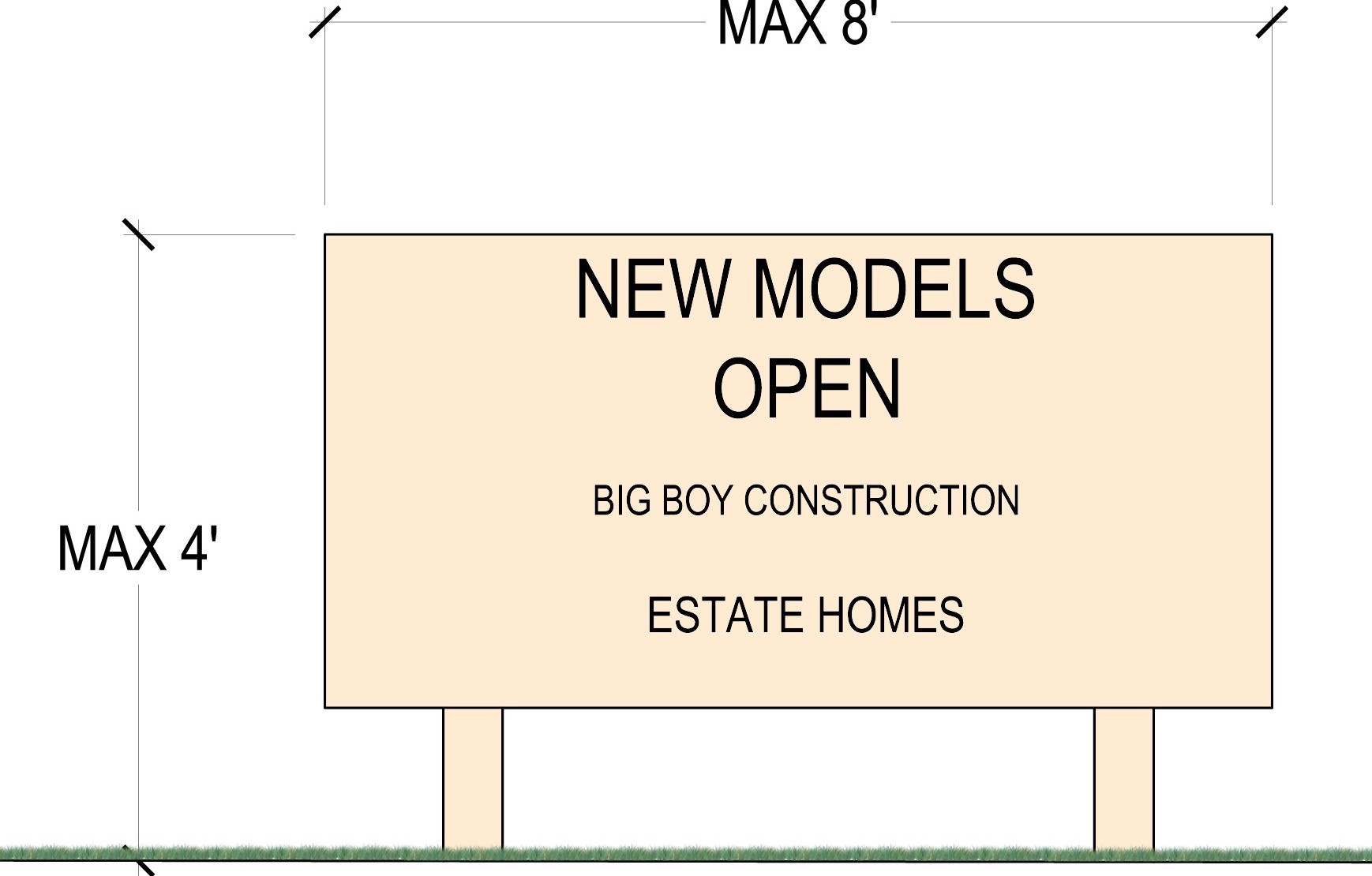
Exhibit 31 – Temporary Construction Sign Example
(H) No signs located in residential districts shall be erected for more than 30 days per calendar year, except for the following:
(1) Signs permanently affixed to or integrated into the wall of a building.
(2) Monument signs placed at the entrance to a residential subdivision or development.
(I) Sign Obstructions.
(1) No sign shall be placed in such a manner that it would interfere with safe vehicular and pedestrian circulation or public safety signals and signs.
(2) No sign shall be erected, relocated or maintained so as to prevent free ingress to or egress from any door, window, fire escape, public walkway, or alleyway.
(3) Where feasible, signs should not be placed in locations that obscure architectural features such as pilasters, arches, cornices, and the like.
(4) Signs shall not be installed, placed on, or overhang any public right-of-way, public sidewalk, alley, or easement except as may be provided herein.
(J) Size Calculations.
(1) Where maximum dimensions and areas of a sign are provided, such values shall refer to a single side of that sign. Double-faced signs, unless otherwise prohibited, shall be permitted and shall not count against the maximum permitted area of a sign; provided, that both faces of the sign are equal in size and design, and convey the exact same information on each side.
(2) For signs comprising individual letters, figures, or similar elements, the area and dimensions of the sign shall encompass a combination of regular geometric shapes (such as rectangles, circles, triangles, trapezoids, etc.) that reasonably approximate the perimeter of all sign elements. Minor appendages to a particular regular shape, as determined by the plan commission, shall not be included in the total area of such signs.
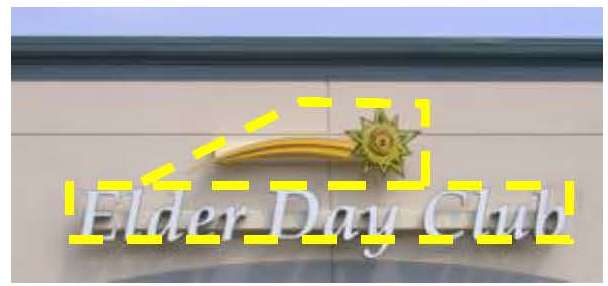
Exhibit 32 – Sign Area Measurement Example for Sign Comprised of Individual Elements
(3) For all other signs, the area of all signs shall be calculated by multiplying the maximum vertical dimension by the maximum horizontal dimension. The following elements shall not be considered as being part of the sign area:
(a) Poles or other supports unless they are an integral part of the design of the sign.
(b) Any and all required landscaping around the base of a sign.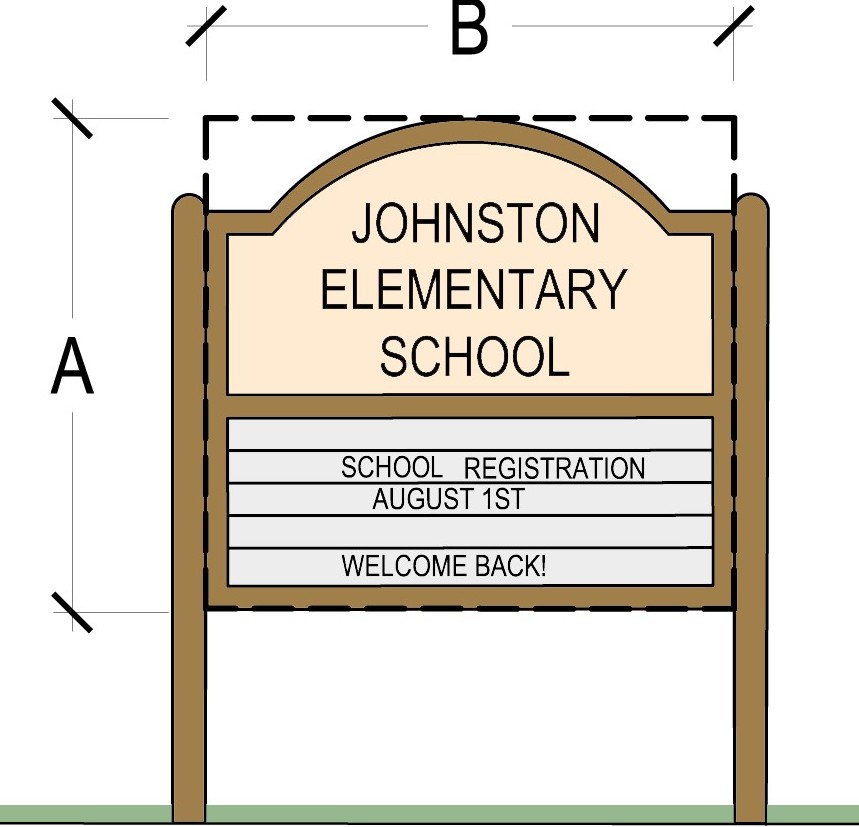
Exhibit 33 – Sign Area Measurement Example (Area = A x B)
(4) The height of all signs shall be measured from either the natural ground level or the crown elevation of the street which the sign faces, whichever is lower, to the top of the sign, and include any poles or other supports unless otherwise specified in this title. In no case shall the sign height be measured from the top of any berm, embankment, or other artificial grade.
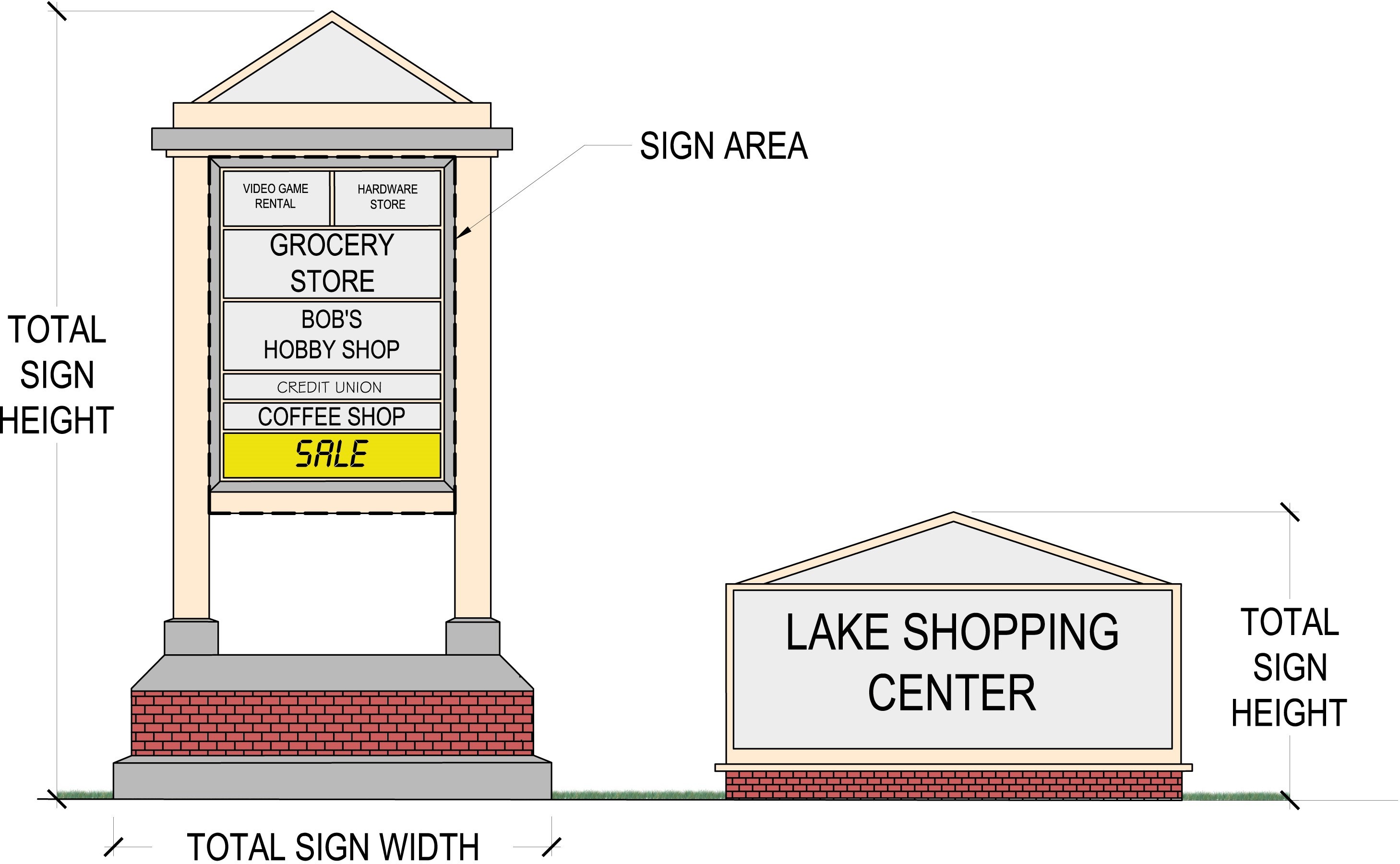
Exhibit 34 – Sign Height and Width Measurement Examples
[Ord. 1659 § 1, 2017].
18.85.030 Sign types.
(A) Yard Signs.
(1) Location. Yard signs shall only be permitted in the front yard of residential districts. No yard sign shall be located within five feet of a property line or street curb.
(2) Materials. Yard signs shall be constructed of laminated cardboard or card stock, vinyl, wood, or plastic. They shall be further provided with a staking or anchoring mechanism that allows the sign to be moved from place to place.
(3) Size. Yard signs shall not exceed six square feet in area or three feet in dimension on any side.
(4) In no case shall a yard sign be permanently anchored into the ground.
(5) No more than three yard signs may be erected on any single lot simultaneously.
(6) Yard signs shall not include internal lighting fixtures.
(B) Permanent Business Signs.
(1) Location.
(a) One permanent business sign shall be required for all buildings and businesses in a nonresidential zoning district. Such sign shall be placed above the front entrance of the business, but no higher than the second story of the building where the business is located.
(b) Permanent business signs shall not project more than eight inches from the building wall.
(2) Materials. Permanent business signs shall be constructed of durable materials, including glass, steel, or other similar elements that complement the building where it is located. They shall be further anchored to the building wall in a manner approved by the town.
(3) Size.
(a) For single-use buildings, permanent business signs shall not exceed 40 square feet in gross sign area.
(b) For multi-use and mixed-use buildings, the maximum gross area for permanent business signs shall be either one square foot for each linear foot of frontage that the building occupies, or 150 square feet, whichever is less.
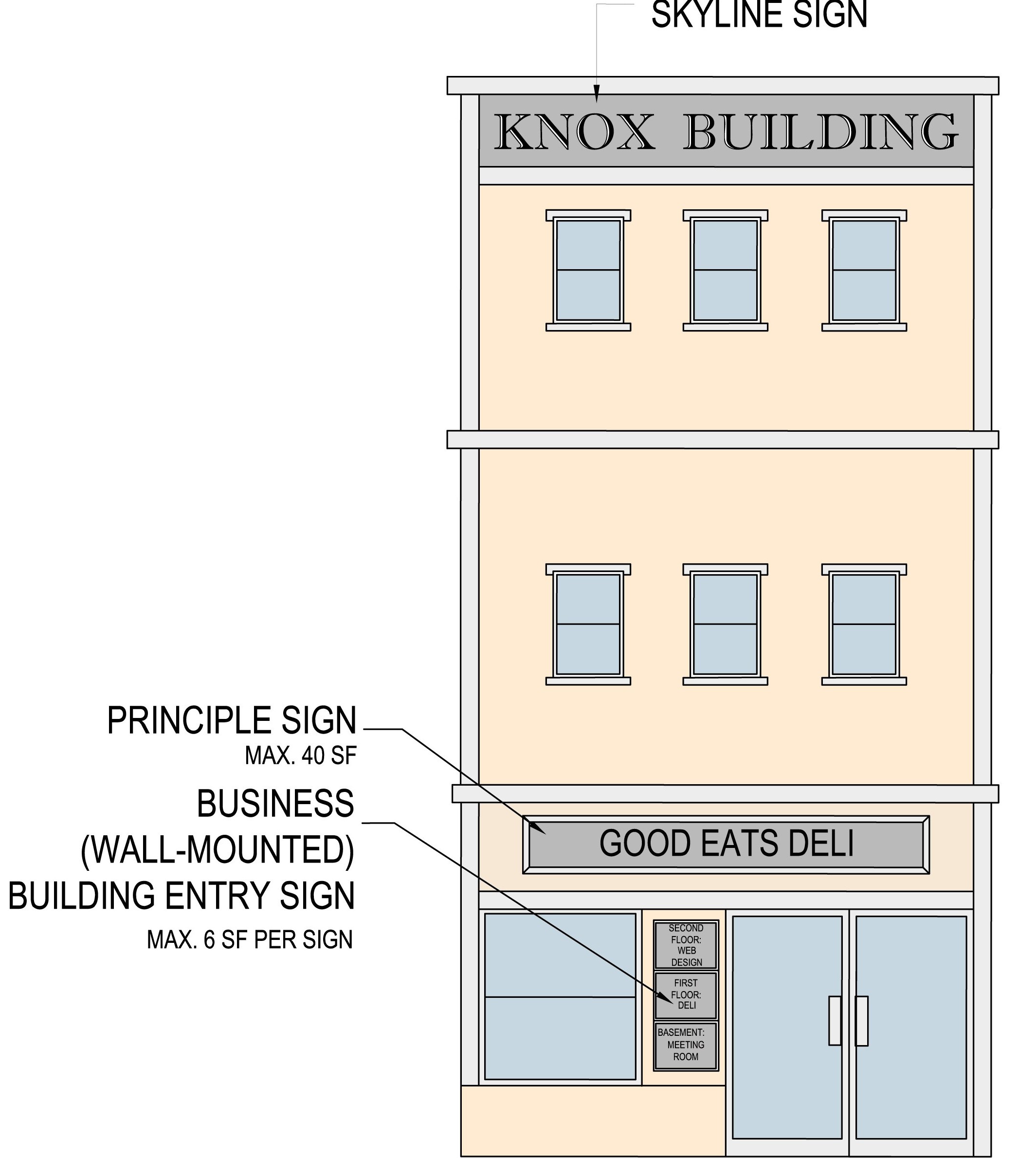
Exhibit 35 – Examples of Different Business Signs
(C) Skyline Sign.
(1) Location. For buildings in a nonresidential district three stories or taller, one skyline sign may be permitted either in place of, or in conjunction with, a permanent business sign. Skyline signs shall be placed only on the top floor of such buildings, no more than three feet below the roof line, and in no case extending above the roof line.
(2) Materials. Skyline signs shall be constructed of durable materials, including glass, steel, or other similar materials that complement the building where it is located. They shall be further anchored to the building wall in a manner approved by the town.
(3) Size. The maximum gross area for skyline signs shall be 50 square feet. However, this maximum may be increased by 15 gross square feet for each additional floor above the third story.
(D) Temporary Business Signs.
(1) Location. Nonilluminated temporary business signs may be permitted in any nonresidential zoning district, and may be placed in a ground floor window, front building facade, portable sign within five feet of the primary building entrance, or any combination thereof.
(2) Materials. Temporary business signs shall be constructed of durable paper products, wood, vinyl, or plastic. They shall be further provided with a staking or anchoring mechanism that allows the sign to be moved from place to place.
(3) Size.
(a) No more than 30 total square feet of temporary building signage may be collectively displayed.
(b) No more than 25 percent of the total window area of a business may be utilized for temporary business signs.
(4) In no case shall a temporary business sign be permanently anchored into the ground.
(5) No individual temporary business sign shall be displayed for more than six months per calendar year.
(E) Marquees.
(1) Location. One marquee may be permitted above the primary entrance to a building in a nonresidential district. Marquees shall not project more than eight feet from the building wall. All marquees shall provide a minimum 14-foot clearance from street level.
(2) Materials.
(a) Marquees shall be constructed of durable materials, including glass, steel, or other similar materials that complement the building where it is located. They shall be further anchored to the building wall in a manner approved by the town.
(b) Marquees may include programmable message displays or changeable copy displays as part of the overall sign design, as provided herein.
(3) Size. Marquees shall not exceed four feet in height and 24 feet in total length, as measured from the building wall.
(F) Canopy/Awning Signs.
(1) Location. Canopy and awning signs may be permitted above ground floor windows and doors of buildings in a nonresidential district. No more than three canopy or awning signs may be used per business. All canopy and awning signs shall provide a minimum eight-foot clearance from street level.
(2) Materials. Canopy and awning signs shall be constructed of durable materials, including glass, architectural steel, durable all-weather fabric, or other similar materials that complement the building where it is located. Vinyl and other similar composite materials shall not be acceptable. They shall be further anchored to the building wall in a manner approved by the town.
(3) Size. Canopy signs shall not project more than five feet from the building facade, but in no case shall they project into a public right-of-way. The minimum width of all canopy and awning signs shall be equal to the width of the window below them. Canopy and awning signs may extend no more than two feet beyond the edges of the window; provided, that the center of the sign is placed directly above the center of the window.
(G) Projecting Signs and Blade Signs.
(1) Location.
(a) Projecting Signs and Blade Signs may be permitted for businesses in nonresidential districts to identify a business to pedestrians walking along the same side of the street as the business they seek. They may be mounted directly to a building facade or hung under a continuous marquee or rain canopy projecting from the building.
(b) Projecting signs and blade signs shall have a minimum vertical clearance of eight feet above the sidewalk.
(c) No two projecting signs or blade signs shall be located within 25 feet of each other.
(2) Materials. Projecting signs and blade signs shall be constructed of rust-resistant metal, wood, or plastic. They shall be further safely and securely attached to the building wall, marquee, or canopy by means of metal anchors, bolts, or expansion screws. In no case shall any projecting sign be secured with wire, strips of wood, or nails.
(3) Size. Projecting signs and blade signs shall not exceed 16 square feet in gross area. The maximum width or projection for such signs shall be six feet.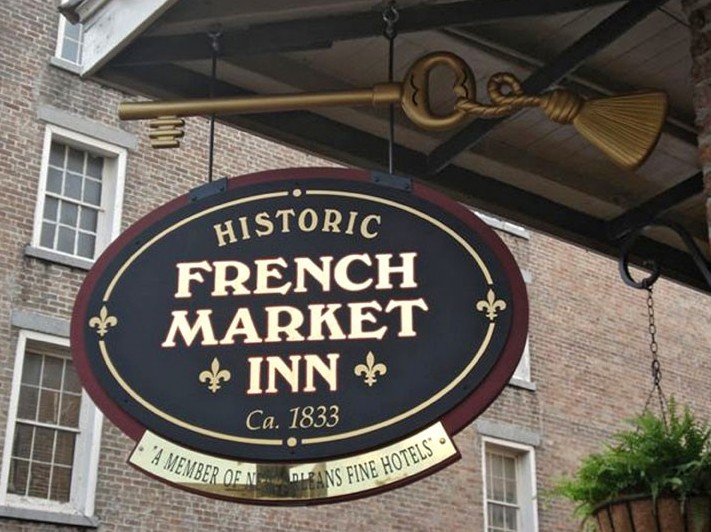
Exhibit 36 – Blade Sign Example
(H) Freestanding Signs.
(1) Location.
(a) A freestanding sign shall only be located on lots wider than 300 feet in a B-1, B-3, office, or industrial district, and when the primary building on the lot is located a minimum of 50 feet from the front right-of-way.
(b) No part of any freestanding sign shall be located closer than 10 feet of any property line, nor shall it be located within any landscaped strip or buffer zone.
(c) No two freestanding signs shall be located within 300 feet of each other.
(2) Materials.
(a) Freestanding signs shall be constructed of masonry, stone, or similar materials compatible with the buildings on the lot. They shall be further affixed to the ground in a continuous base or with a dual-pole structure with masonry construction compatible with the primary building on the lot. All support structures shall be securely attached to concrete foundations.
(b) Freestanding signs shall include landscaping as provided in HMC 18.75.030(C).
(3) Size.
(a) The maximum height shall be 10 feet in a B-1 district, and 15 feet in all other permitted districts.
(b) The maximum width shall be eight feet, with clear vision of opening between the top of the base and bottom of the display area of the sign structure.
(c) No single display or portion of any freestanding sign shall be larger than 24 square feet.
(d) In no case shall any content portion of the sign be located within six feet of the ground.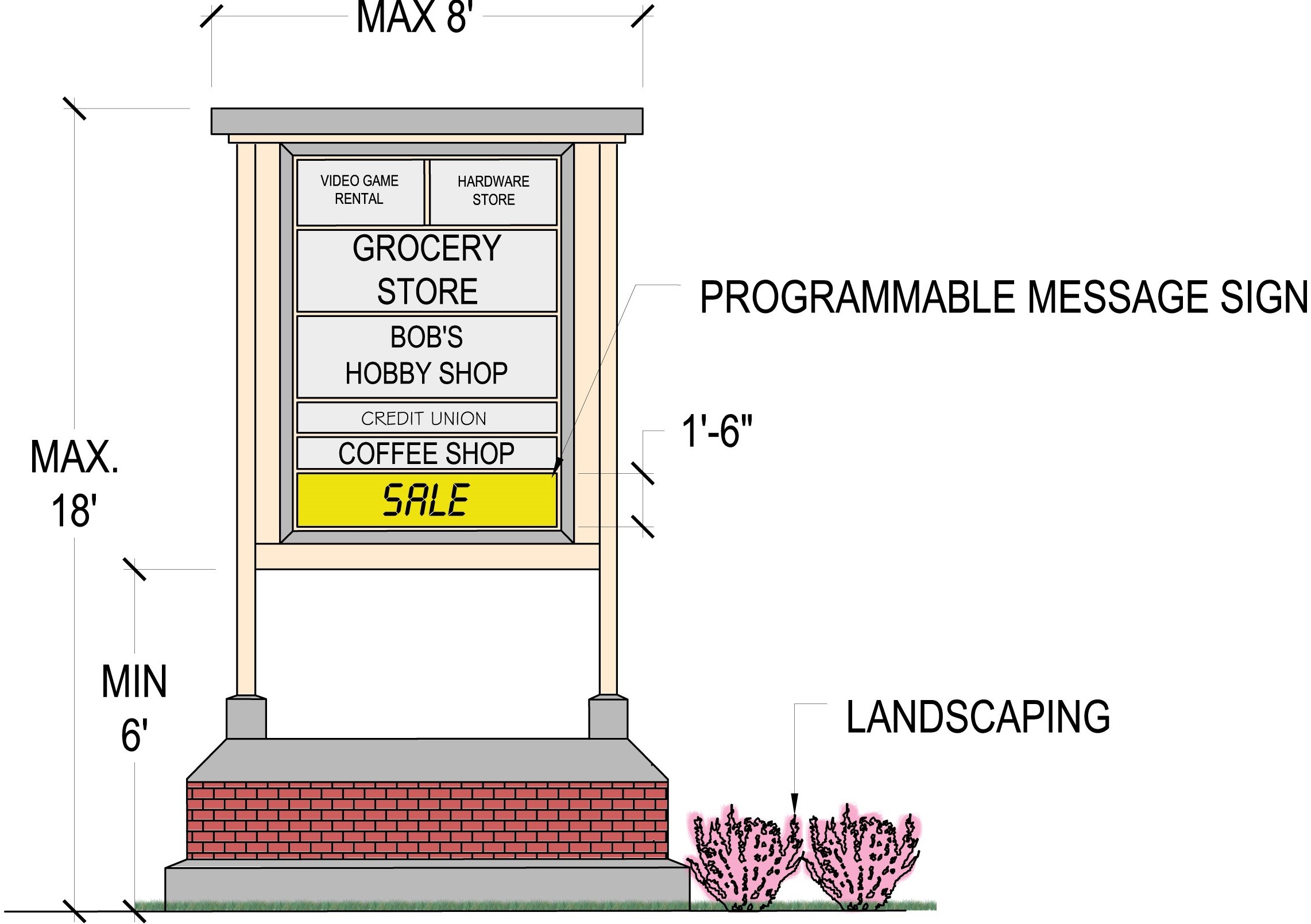
Exhibit 37 – Freestanding Signs (Maximum 24 Square Feet for a Single Display Portion)
(I) Monument Signs.
(1) Location. A monument sign shall be located at the street or primary entry to developments to provide for overall development identity. Monument signs shall have a minimum setback of 10 feet from all public rights-of-way and/or driveways. When placed in a median, there shall be a minimum 20-foot setback from the intersecting street.
(2) Materials.
(a) Monument signs shall be constructed of masonry, stone, or similar materials compatible with the buildings on the lot. They shall be further affixed to the ground in a continuous base with masonry construction. All support structures shall be securely attached to concrete foundations.
(b) Monument signs shall include landscaping as provided in HMC 18.75.030(C).
(c) All text on a monument sign shall have a minimum height of three inches.
(3) Size.
(a) Residential and Open Space Zoning Districts. Not more than four feet in height when located in a median, and not more than six feet in height elsewhere. The overall size of the sign shall not exceed 36 square feet when located in a median, or 48 square feet when located elsewhere.
(b) All Other Zoning Districts, Single-Occupant Building. Not more than six feet in height and not more than six feet in length.
(c) All Other Zoning Districts, Multi-Occupant Building or Development (Coordinated Sign). Not more than eight feet in height and not more than 12 feet in length.
(4) Monument signs shall not be permitted on a residential lot or development containing fewer than six dwelling units.
(5) No more than two monument signs may be erected on any property; provided, that signs are separated by a minimum of 300 feet or are located on crossing streets. Further, where a monument sign is erected in a median, no other monument signs shall be located at that entrance.
Exhibit 38 – Subdivision Median Entry Sign
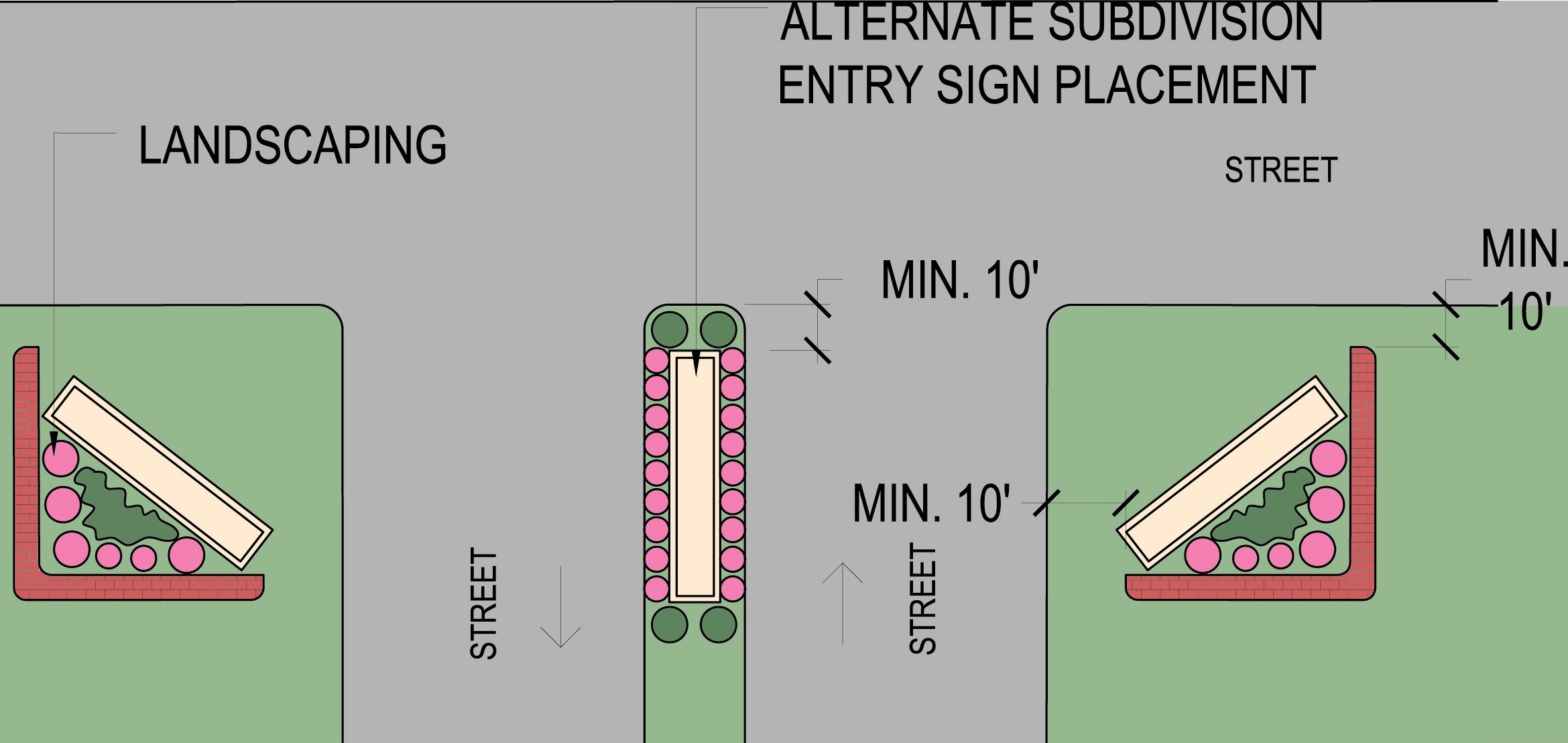
Exhibit 39 – General Subdivision Entry Sign Concepts
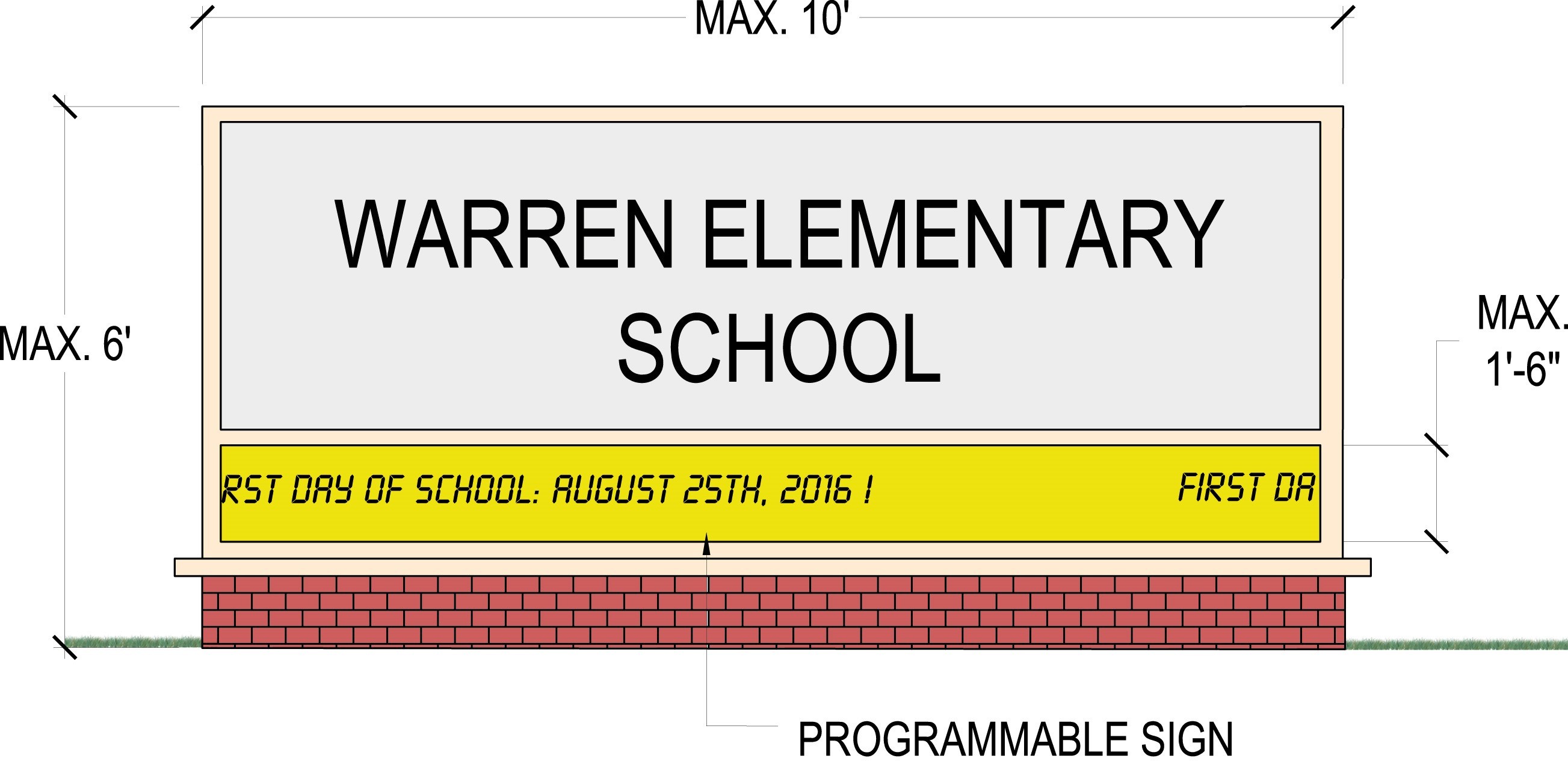
Exhibit 40 – Monument Sign Example 1
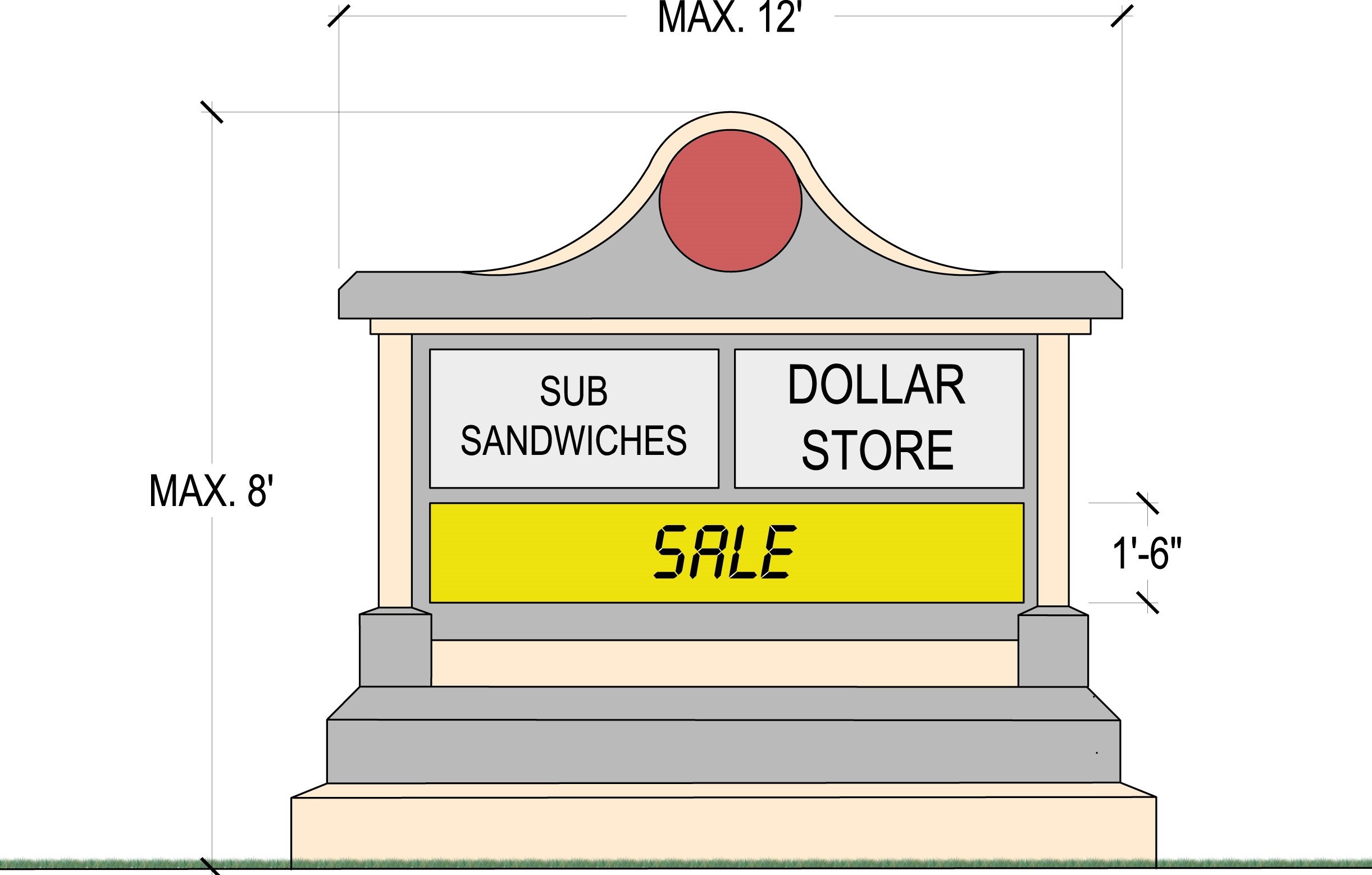
Exhibit 41 – Monument Sign Example 2
(J) Wall-Mounted Building Entry Signs.
(1) Location. Wall-mounted signs at building entries shall be located on the ground floor of the building, within one foot of a public entrance. Such signs shall not project more than eight inches from the face of the building. External raceways are not permitted.
(2) Materials. Signs shall be constructed of stone, masonry, metal, or other material that complements the building where it is installed. They may be constructed as an integral part of the facade, or safely and securely attached to the building wall by means of metal anchors, bolts, or expansion screws. In no case shall any wall-mounted sign be secured with wire, strips of wood, or nails.
(3) Size. Signs shall not exceed the following:
(a) Residential Districts. Not more than three square feet in gross surface area. For buildings that contain home occupations, a second such sign may be permitted as provided herein.
(b) All Other Districts. Not more than six square feet in gross surface area for each use in the building.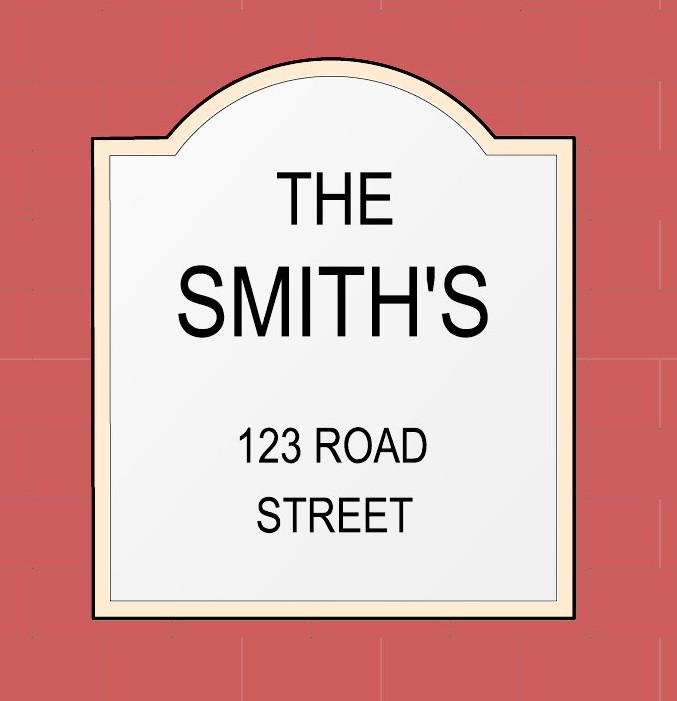
Exhibit 42 – Wall-Mounted Building Entry
Sign Example
(K) Light Pole Banner Sign.
(1) Location. Light pole banners shall be mounted on existing light poles in a public right-of-way of any nonresidential district at a height not less than eight feet high and not more than three feet below the bottom of the fixture(s). No part of any banner or bracketing mechanism shall project over any street curb.
(2) Materials. Light pole banners shall be constructed of vinyl or durable, all-weather fabric. They shall be affixed to the pole by an appropriate bracketing mechanism approved by the town.
(3) Size. Each individual banner shall not exceed 12 and one-half feet in gross area.
(4) Banners shall not be displayed for more than 90 consecutive days.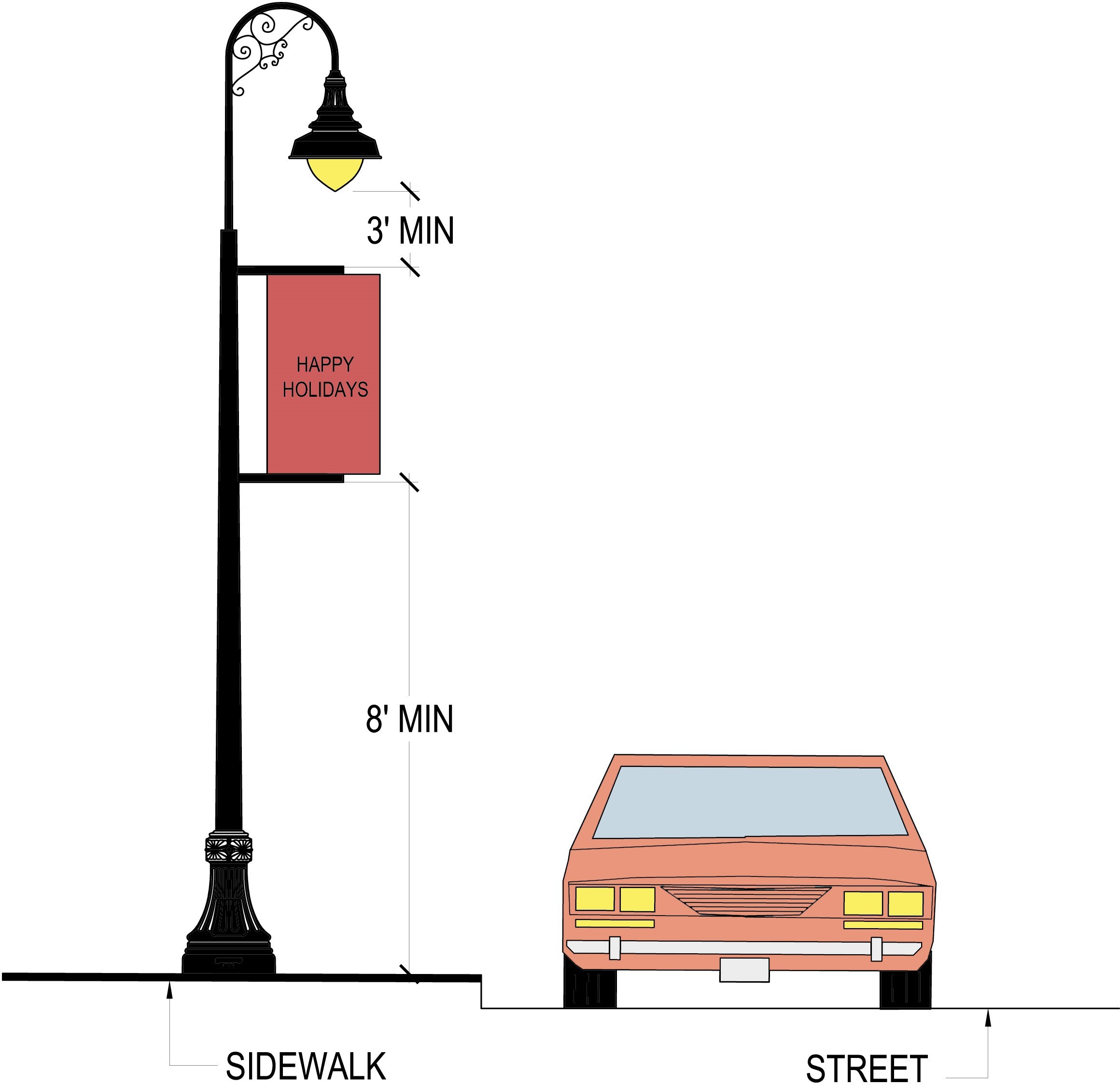
Exhibit 43 – Light Pole Banner Example (Maximum 12-1/2 Square Feet)
(L) Changeable Copy Signs.
(1) Location. Changeable copy signs, including programmable message displays, shall be permitted only as an element of a larger freestanding sign, monument sign, or marquee in nonresidential districts. Only one such sign shall be permitted on a single lot. The display shall be mounted flush with the sign surface where the sign is installed and shall be clearly visible from any public right-of-way.
(2) Materials.
(a) Changeable copy signs shall be constructed of glass, plastic, rust-resistant metals, or other similar durable materials. They may be internally illuminated, subject to the regulations of this title. Text for changeable copy signs shall be fabricated from plastic.
(b) Programmable message displays, when used, shall use LED lighting. All programmable message displays shall be equipped with photosensitive equipment which automatically adjusts the brightness and contrast of the sign in direct relation to the ambient outdoor illuminations.
(3) Size.
(a) Changeable copy signs shall not be more than 18 inches in height and 12 feet in length, but in no case more than 50 percent of the total sign area.
(b) The minimum height for all fonts or graphic elements shall be six inches.
(4) Displayed Content for Programmable Message Displays.
(a) Images or messages shall be static in nature and shall not blink, flash, scroll, or be animated. The use of animatronics is prohibited.
(b) All messages or content shall be displayed for a minimum of eight seconds, with any content changes being completed in no more than one second.
(M) Vehicular Signage.
(1) Location. Vehicular signage may be permitted on the side of a lawfully operating vehicle or trailer.
(2) Materials. Signage on vehicles shall consist of either decals, magnets, or paint. In no case shall the original silhouette of the vehicle be modified, nor shall any nonstandard structure be constructed on a vehicle, to accommodate a sign.
(3) Size. Not more than 25 percent of the exterior frame and windows shall be used for vehicular signage. However, in no case shall any vehicular signage restrict the safe operation of the vehicle.
(4) Displayed Content.
(a) Images or messages shall be static in nature and shall not blink, flash, scroll, or be animated. The use of animatronics is prohibited.
(b) Vehicles with signage shall not be allowed to be publicly displayed in a single location for more than 48 hours consecutively.
(N) Signage on Accessory Uses.
(1) Location. Signage shall only be permitted drop boxes in a nonresidential district.
(2) Materials. Signage on accessory uses shall be permanently affixed to the use.
(3) Size. Signage shall not exceed a total of 16 square feet in area.
(4) Signs on an accessory use shall be nonilluminated.
(O) Other Signs. Any sign types not specifically provided for in this title may be permitted, pending approval by the plan commission. The applicant shall submit all requested materials and documentation for the proposed sign to the plan commission, including, but not limited to, size, placement, and design. [Ord. 1659 § 1, 2017].
18.85.040 Planned signage district.
(A) A planned signage district may be proposed and submitted that permits consideration of unique conditions, flexibility, and creativity for signage needs. The application of such district cannot be viewed as imposing more restrictive requirements than permitted by the basic standards, but rather, may permit additional signs and/or sign area based on the applicant’s demonstration of unique characteristics of the design, building, and/or site and appropriate landscaping associated with the freestanding signs.
(B) A planned signage district shall only be available for sites larger than three acres, and is subject to approval by the plan commission.
(C) The property owner(s) seeking the creation of a planned signage district shall file an application with the plan commission stating the reasons for the request. Information to be provided shall include, but is not limited to, location, size, design, and construction material(s) of the proposed signage.
(D) Once a district has been approved, subsequent applications for specific signs in the district shall be approved administratively when the proposed sign is in compliance with the approved district.
(E) If the district and plan is not approved, the plan commission shall state the reasons for the denial and the owner may remedy the plan and return it to the plan commission for reconsideration and approval. Should the application be denied a second time, the owner shall then be restricted to the signage allowed by the appropriate sections of this title. [Ord. 1659 § 1, 2017].
18.85.050 Performance standards.
In addition to the standards provided above, the following additional standards shall apply to all signs located in the town.
(A) Signs shall be structurally designed in compliance with all applicable ANSI and ASCI standards.
(B) Erection, Bracing, Anchorage Supports. A freestanding sign shall be securely built, constructed, and erected upon posts and standards sunk at least three and one-half feet below the natural surface of the ground and shall be adequately braced to prevent overturning.
(C) All signs and other advertising structures shall be designed and constructed to withstand a wind pressure of not less than 30 pounds per square foot of surface area.
(D) Where wood is used as a sign post, anchors, and bracing, they shall be treated for protection from moisture as allowed for by applicable building codes or as determined by the town.
(E) Sign Illumination.
(1) No sign or other advertising structure shall be illuminated with lights that glare into or upon the surrounding area or any residential premises or distract operators of vehicles or pedestrians on the public right-of-way in such a manner as to cause brightness to a degree that it constitutes a hazard or nuisance.
(2) Externally illuminated signs shall be located, aimed, and shielded so that light is only directed onto sign face.
(3) To the extent practical, fixtures used to illuminate signs shall be top mounted and directed downward.
(4) Back lighting of letters and other prominent sign elements shall be encouraged as a means to illuminate signs without causing excessive light spill, glare, or pollution.
(5) Illuminated signs using neon, mercury arc, or mercury vapor light sources are prohibited.
(6) Brightness Limitations.
(a) The illumination from an internally illuminated sign may not exceed four foot-candles at a distance of eight feet.
(b) The maximum illumination of any illuminated sign shall not exceed 20 foot-candles in all residential zoning districts and open space zoning districts, or 40 foot-candles in all other zoning districts at a distance of eight feet.
(c) The average illumination of an illuminated sign shall not exceed 10 foot-candles in all residential zoning districts and open space zoning districts, or 20 foot-candles in all other zoning districts at a distance of eight feet.
(d) Existing illuminated signs that do not meet these standards, or the standards set forth in Chapter 18.90 HMC, shall be considered to be a nonconforming sign. [Ord. 1659 § 1, 2017].
18.85.060 Maintenance.
(A) The maintenance of all signs shall be the responsibility of the property owner where the sign is maintained. Signs shall be maintained in a condition appropriate to the intended use, and shall have a continuing obligation to comply with all compliant town standards and building code requirements, as amended from time to time.
(B) If a sign is deemed by the town to be a safety hazard, the owner of the business or property shall be immediately notified in writing, and shall, within 48 hours of receipt of such notification, respond to the town with a plan to correct the safety hazard, remove the unsafe sign, or cause it to be removed. If after 10 days, the safety hazard has not been corrected through repair or removal, the town may cause the repair or removal of such sign, at the expense of the property owner or lessee. A notice of lien of the cost and expense thereof incurred by the town may be filed with the office of the recorder of deeds at Lake County, Indiana. Upon payment of the cost and expense after notice of lien has been filed, the lien shall be released by the town and the release shall be filed of record in the same manner as filing the notice of lien. If the total costs are not paid in full within 30 days of the repairs or removal, the amount owed shall be certified as an assessment against the property of the sign owner, and lien upon that property, together with an additional one percent interest penalty per month, for collection or as it may be prescribed for unpaid real estate taxes by the county.
(C) In cases of emergency, the town may cause the immediate removal of a dangerous or defective sign without notice.
(D) Whenever any sign conforming to these regulations is required to be removed for the purpose of repair, relettering, or repainting, the same may be done without a permit or without any payment of fees; provided, that all of the following conditions are met.
(1) There is no alteration or remodeling to the structure or the mounting of the sign itself.
(2) There is no enlargement or increase in any of the dimensions of the sign or its structure.
(3) The sign is accessory to a legally permitted, conditional, or nonconforming use.
(4) An existing, nonconforming changeable copy sign is updated to become conforming. [Ord. 1659 § 1, 2017].
18.85.070 Obsolete and abandoned signs.
(A) A sign that is no longer advertising a bona fide operating business on the premises where the sign is located shall be considered an obsolete sign. All necessary copy on an obsolete sign shall be updated within 30 days of the establishment of the new use.
(B) An abandoned sign shall not be permitted to continue to operate after 180 days of dormancy, and shall be removed.
(C) Removal of Signs.
(1) Any obsolete or abandoned sign that does not advertise any existing business or a product, including the poles, posts, pylons, pipes, frames, cans, or channels to which it is affixed, whether freestanding or wall mounted, shall be taken down and removed by the property owner or agent for the owner within 30 days after written notification from the town. Upon failure to comply with such notice within the time specified, the town shall cause the removal of said sign(s), including the poles, posts, pylon, pipes, frames, cans, or channels to which it is affixed, whether freestanding or wall mounted, and any expense incidental thereto shall be paid by the owner of the property to which such sign is attached.
(2) The property owner or agent shall further be responsible for updating any part of the building or land where abandoned or obsolete signs used to be located, such as watermarking of a building facade and filling in holes/gaps where sign supports may have been located, so as to remove any visible evidence of the sign being in that location.
(3) In the event the town shall cause removal of any sign, a notice of lien of the cost and expense thereof incurred by the town of Highland, Indiana, may be filed with the office of the recorder of deeds at Lake County. Upon payment of the cost and expense after notice of lien has been filed, the lien shall be released by the town of Highland, Indiana, and the release shall be filed of record in the same manner as filing the notice of lien. [Ord. 1659 § 1, 2017].


